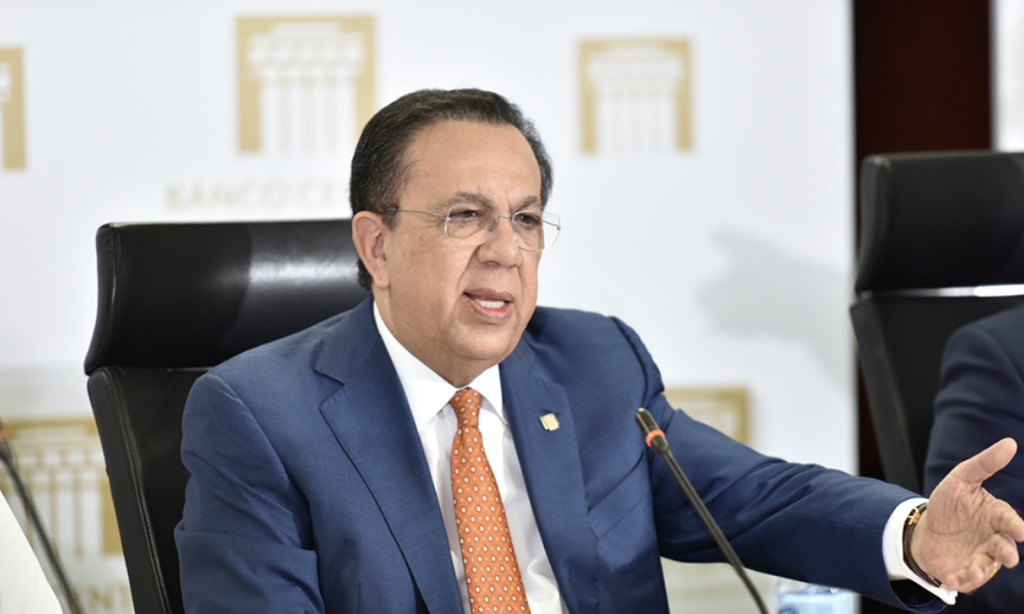
The Central Bank (BCRD) began on Wednesday, 31 May 2023 the program to gradually reduce interest rates in the Dominican Republic. The Central Bank announced it was reducing its monetary policy rate (TPM) by 50 percentage points to 8.0%. The objective is to stimulate the economy in the second half of the year.
The BCRD’s reference rate drops to 8.00 % per annum and the six-month immobility of the TPM ceases.
The BCRD announced that it will soon take complementary measures to further stimulate a gradual recovery of economic growth. The BCRD had restrained the economy, to field imported inflation.
The decision comes at a time when the economy had slowed, with growth of 1.4% in the first four months of the year, as a result of the restrictive measures adopted by the BCRD in November 2021 to address high inflation levels.
At its May 2023 monetary policy meeting, the Central Bank decided to reduce its monetary policy interest rate by 50 basis points, from 8.50% to 8.00% per annum, now that inflation is again within the programmed target range of 4% ± 1%.
The Central Bank announces that with the lowering of the TPM, the rate of the permanent liquidity expansion facility (1-day Repos) decreases to 8.50% per year and the rate of interest-bearing deposits (overnight) to 7.50% per year.
In its monetary policy document, the BCRD explains that the decision to lower the reference interest rate takes into consideration the advances in the reduction of domestic inflation as a result of the monetary tightening program initiated in November 2021 and the implementation of subsidies by the government.
“In that sense, lower domestic demand pressures have contributed, as well as the moderation of international prices of raw materials and container transport costs,” the Central Bank states in announcing the reduction of the interest rate.
The Central Bank announced that the reduction in the TPM will be complemented with additional liquidity provision measures and with proposals to the Monetary Board to facilitate financing for the productive sectors and households in favorable terms.
The BCRD highlights that, according to its forecasting system, inflation would remain within the target range in the medium term in this active monetary policy scenario. “In addition, this reduction in the TPM preserves a favorable interest rate differential with respect to the United States of America (USA), supporting capital flows and foreign investment in our country,” says the Central Bank announcement.
The Central Bank says the measures take into consideration the global economic outlook for world growth expected to decelerate from 3.0% in 2022 to 2.1% this year, according to Consensus Forecasts.
It says that in particular, for the United States, growth is expected to decline from 2.1% in 2022 to 1.1% at the end of this year. On the other hand, year-on-year inflation in that country has continued to decelerate to 4.9% in April 2023, although it remains above its target of 2.0%.
The Central Bank states that given this scenario and considering the strength of the US labor market, there still is uncertainty about the Federal Reserve’s next decision to make an additional increase in its interest rate or pause after accumulating increases by 500 percentage points since the beginning of 2022.
In the domestic environment, monetary conditions remain tight, considering that the real interbank rate is above its estimated neutral level and the higher commercial bank interest rates. In this context, monetary aggregates have decelerated notably, especially the circulating medium (M1), which has gone from growing from a peak of 30% year-on-year during 2021 to expanding by around 10% in May 2023. In turn, private credit in local currency has gradually decined from a year-on-year growth of close to 15% at the end of 2022 to an expansion of around 1 % in May 2023, affected by a slowdown in the financing of the productive sectors.
Read more in Spanish:
El Caribe
1 June 2023

